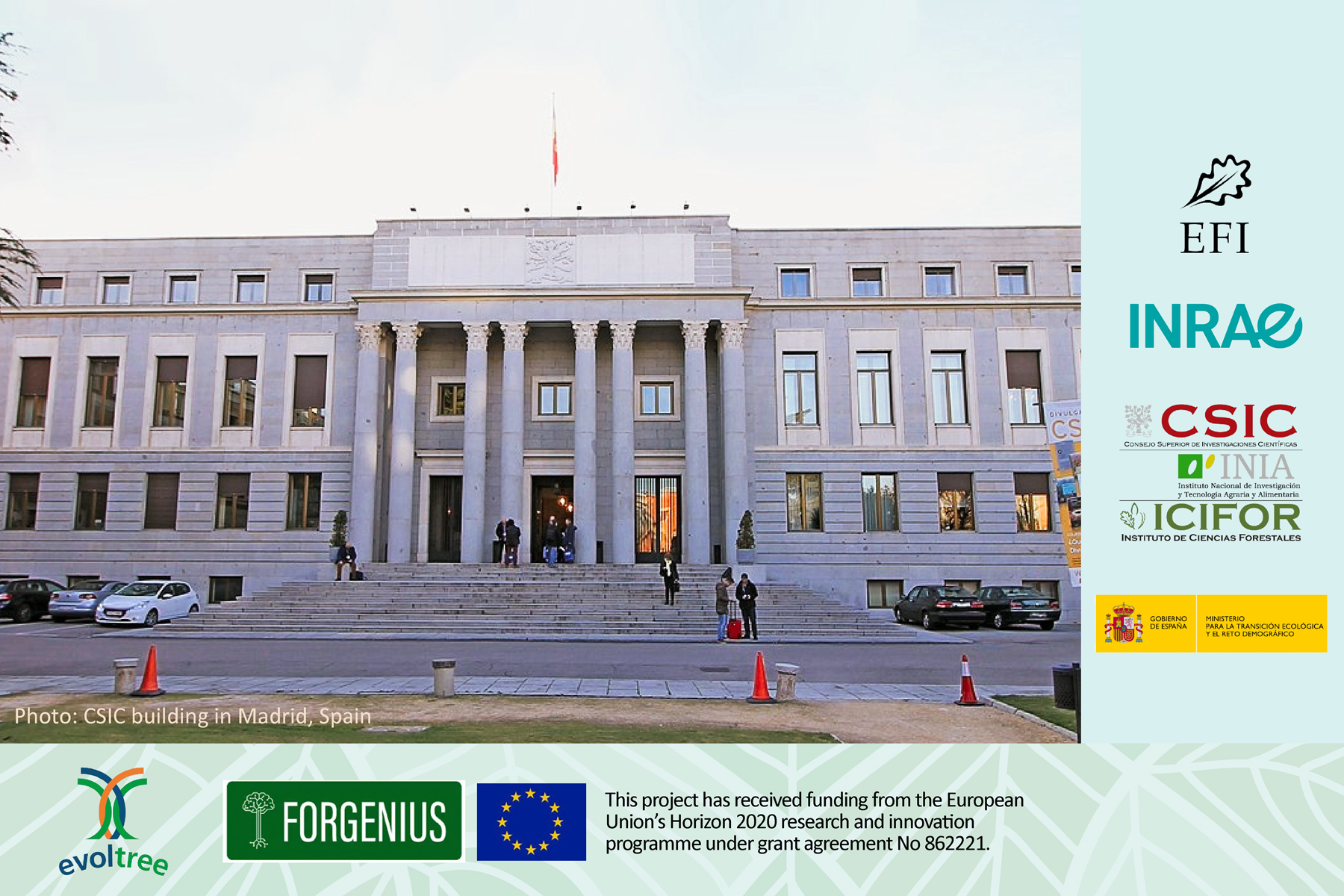Use of Stable Isotopes in Forest Ecology
(Training)
From 16/03/2009
to 20/03/2009
| INRA-Nancy, France
Contact Erwin Dreyer (dreyer@nancy.inra.fr) and Oliver Brendel (brendel@nancy.inra.fr)
Objectives
Small variations in the ratio of stable isotopes (13C, 15N, 18O, 2H) have become very useful indicators for sometimes complex processes in ecosystems. These subtle changes are now easily quantified, and may be used, provided proper experimental designs have been set up, to document the genetic variability of traits in tree populations and in off-spring. The workshop provided an up-to-date view of the theory that backs the use of these isotopes, and concentrate on examples of the use of these isotopes to document functional diversity in trees and associated micro-organism
Outline of the course
The course comprised three sections:
- A general introduction into the use of the natural abundance of different stable isotopes in forest and grassland ecology as tracers of ecological and physiological processes, as well as into labelling procedures with stable isotopes. Different lectures provided an up-to-date view of the applications, the theory and limitations of these applications.
- A series of examples of how natural abundance and labelling procedures with stable isotopes may be used as indicators of the genetic variability of traits in trees and associated micro-organisms. Traits will concentrate for instance on 13C and water use efficiency, 18O and transpiration, and 15N and nitrogen fixation. This was approached by lectures and short presentations.
- An introduction into the techniques of measuring stable isotopes, and of running experiments evidencing genetic variability. This was done by visiting facilities and by personal work.



